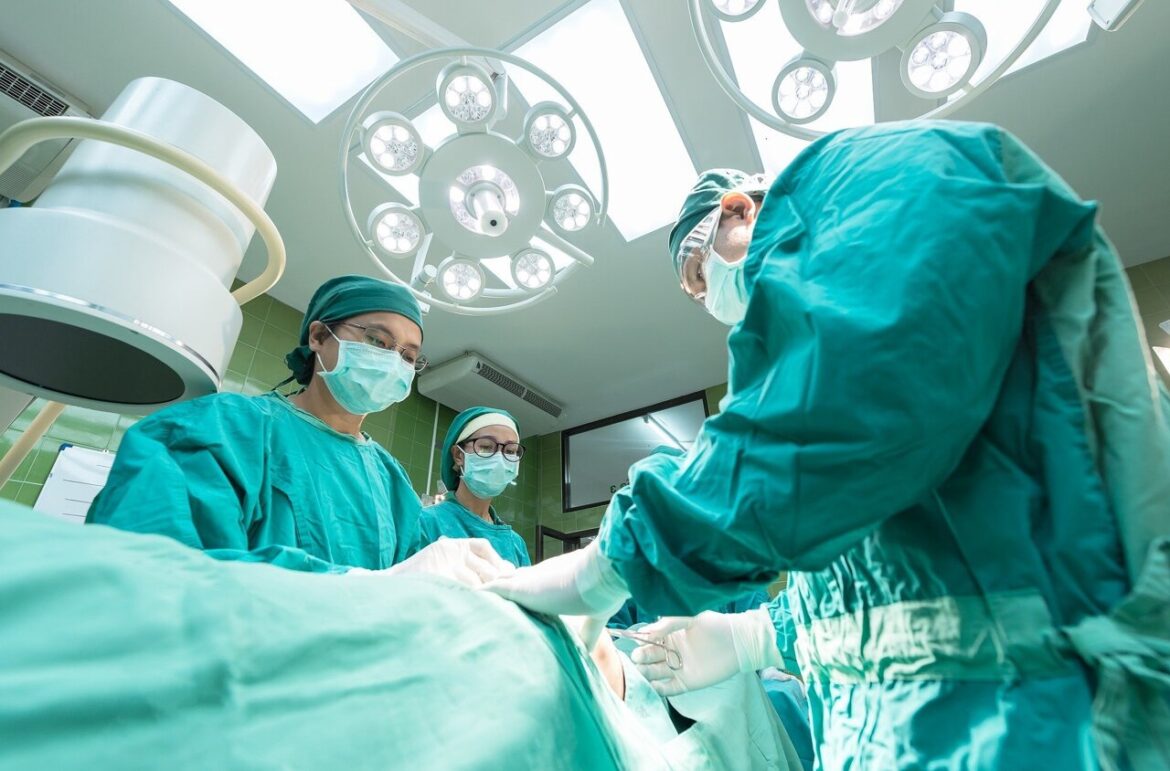According to a significant US study, giving patients too much oxygen during surgery increases the risk of later kidney, heart, and lung damage.
The results of the investigation were released in The BMJ. According to specialists in a related editorial, this study implies it may be time to reevaluate the liberal use of oxygen during general anaesthesia, even though the absolute risk is still modest.
Nearly all patients undergoing surgery under general anaesthesia get oxygen frequently to assist prevent hypoxia (dangerously low oxygen levels), and the World Health Organization suggests using oxygen liberally to lower the risk of infection.
During surgery, arterial blood haemoglobin oxygen saturation (SpO2) is continuously measured, enabling doctors to adjust the dose of oxygen to a target level. A normal SpO2 is 94-95 per cent. Giving oxygen in excess of that required to saturate haemoglobin – known as supraphysiological oxygen – is common.
Supraphysiological oxygen can harm the body’s cells and tissues, but the clinical relevance of these effects during surgery remains uncertain, and previous trials have not been able to detect any meaningful effects on organs.
To address this knowledge gap, a team of US researchers examined whether supraphysiological oxygen administration during surgery is associated with lower or higher postoperative kidney, heart, and lung injury.
Their findings are based on data for over 350,000 patients (average age 59; 52 per cent women; 70 per cent white) undergoing surgery with general anaesthesia and endotracheal intubation (a breathing tube placed into the windpipe) at 42 medical centres across the United States between January 2016 and November 2018.
Background information on factors such as age, sex, race, weight (BMI), and medical history was collected, and patients were screened for kidney, heart, and lung injury before and after their surgery.
The researchers then used an algorithm to calculate the amount of oxygen given above air level (21 per cent) against the time spent with oxygen saturation at or above 92 per cent throughout surgery.
Medical records were used to track cases of acute kidney, myocardial, and lung injury as well as 30 day mortality, hospital length of stay, and stroke.
The average duration of surgery was 205 minutes. Acute kidney injury was diagnosed in 6.5 per cent of patients, myocardial injury in 2.8 per cent, and lung injury in 4.4 per cent.
After accounting for baseline factors and other potentially influential variables, increased oxygen exposure during surgery was associated with a higher risk of organ injury.
For example, patients at the upper end (75th centile) of oxygen levels had 26 per cent greater odds of acute kidney injury, 12 per cent greater odds of myocardial injury, and 14 per cent greater odds of lung injury compared with patients at the lower end (25th centile).
Patients at the 75th centile of oxygen levels also had 9 per cent greater odds of stroke and 6 per cent greater odds of 30-day mortality than patients at the 25th centile.
However, patients at the 75th centile had a slightly shorter length of stay compared with patients at the 25th centile, an effect unchanged after excluding patients who died before discharge.
These are observational findings, so can’t establish cause, and the researchers acknowledge that not all patients were screened for kidney and heart injury after their surgery, nor were they able to consider factors such as diet, lifestyle, and medication use, which can influence susceptibility to organ injury.
Nevertheless, this was a large study, drawn from geographically diverse populations, ensuring precision and generalisability of the results. And findings were similar after additional analyses, providing greater confidence in their conclusions.
Based on their findings, the researchers say: “A large clinical trial to detect small but clinically significant effects on organ injury and patient-centred outcomes is needed to guide oxygen administration during surgery.”
This, and previous research, shows that oxygen can be a double-edged sword, point out experts in a linked editorial.
They suggest that future research on this topic could deal with some of the study’s acknowledged limitations and could also measure cognitive impairment because experimental evidence suggests that brain tissue is particularly vulnerable to redox imbalance.
Research collaborations between biochemists and anaesthesiologists should be encouraged, they add, “especially to identify cause-effect relationships between supraphysiological oxygen administration and organ injury.”





